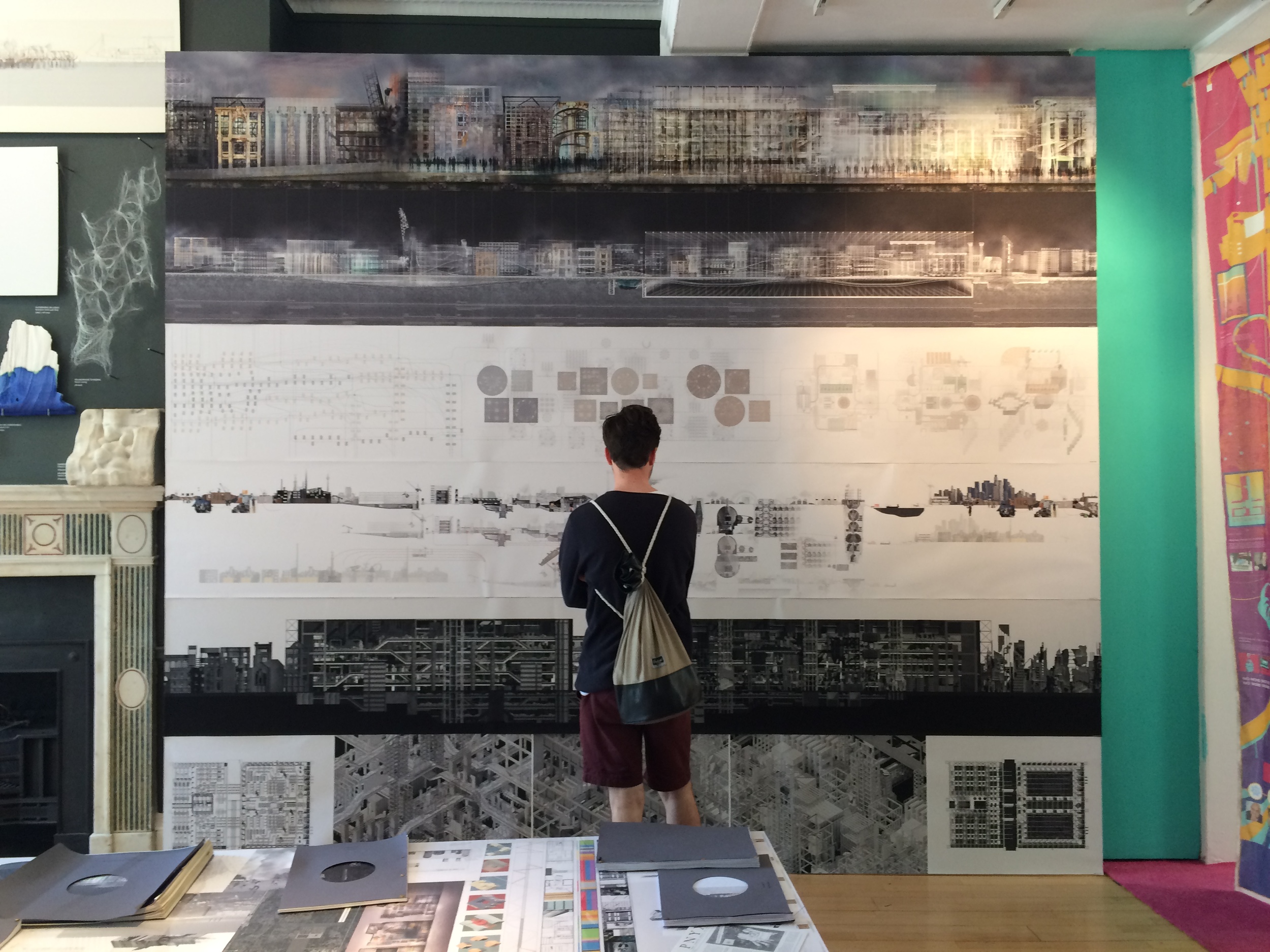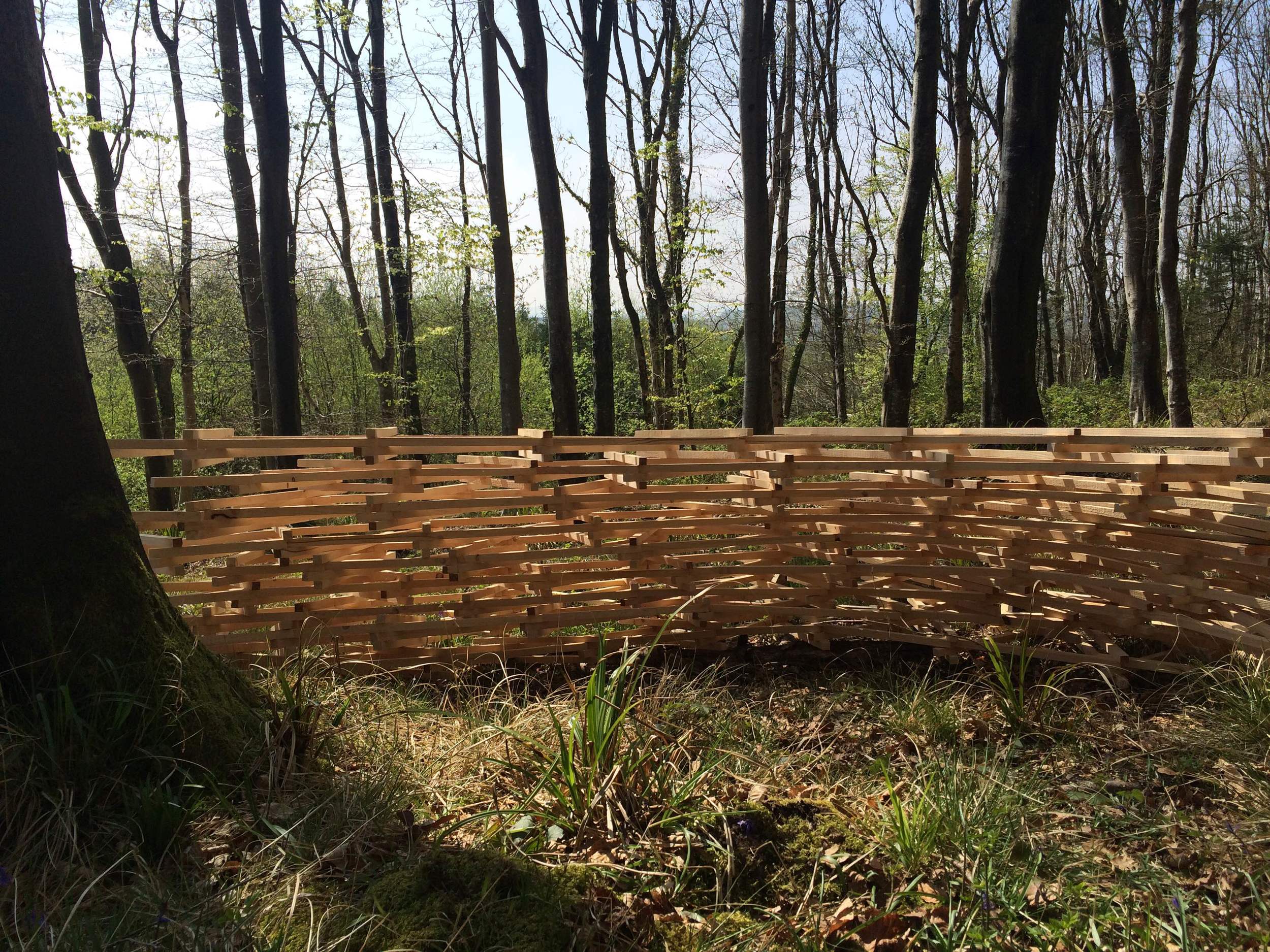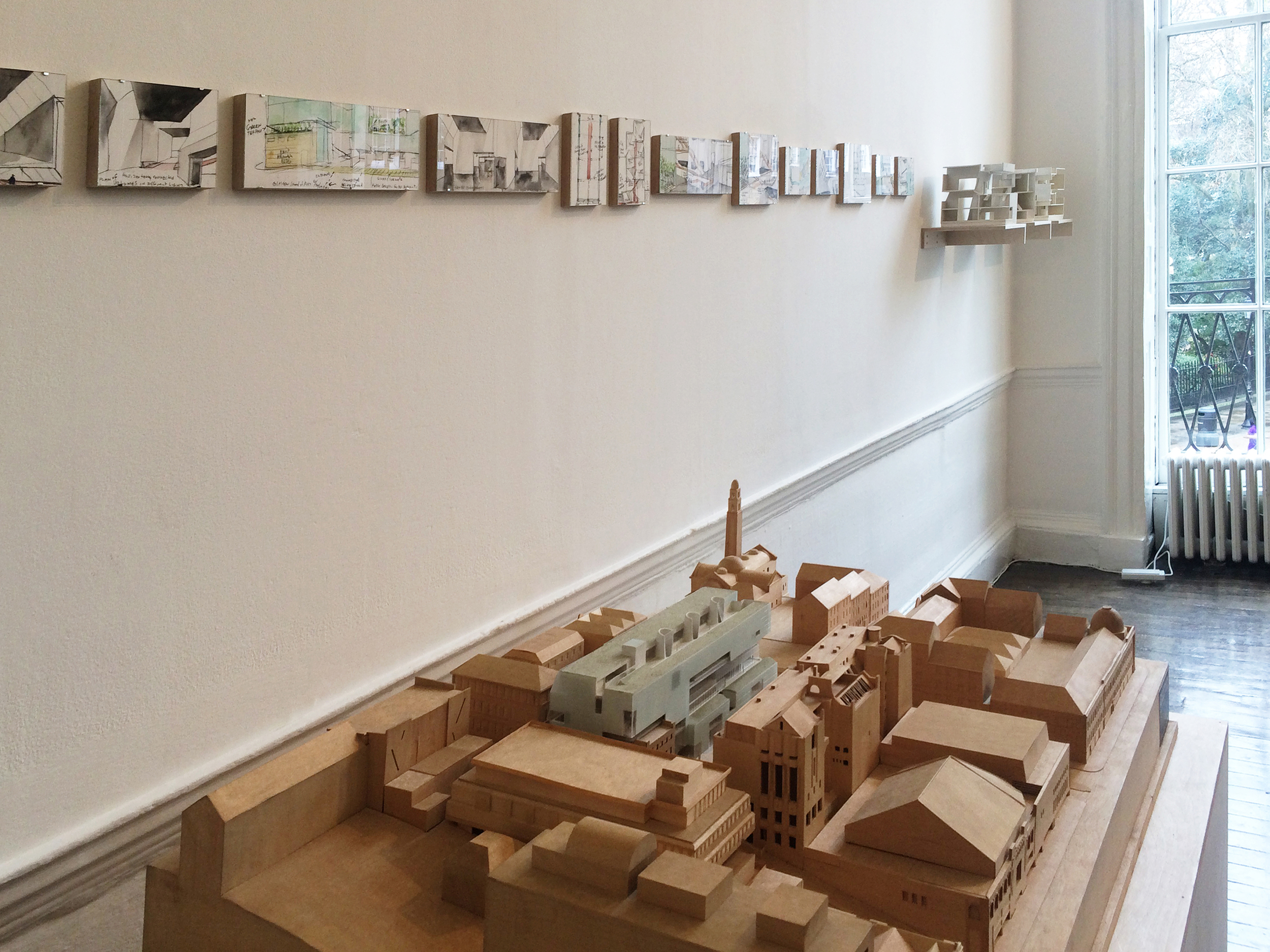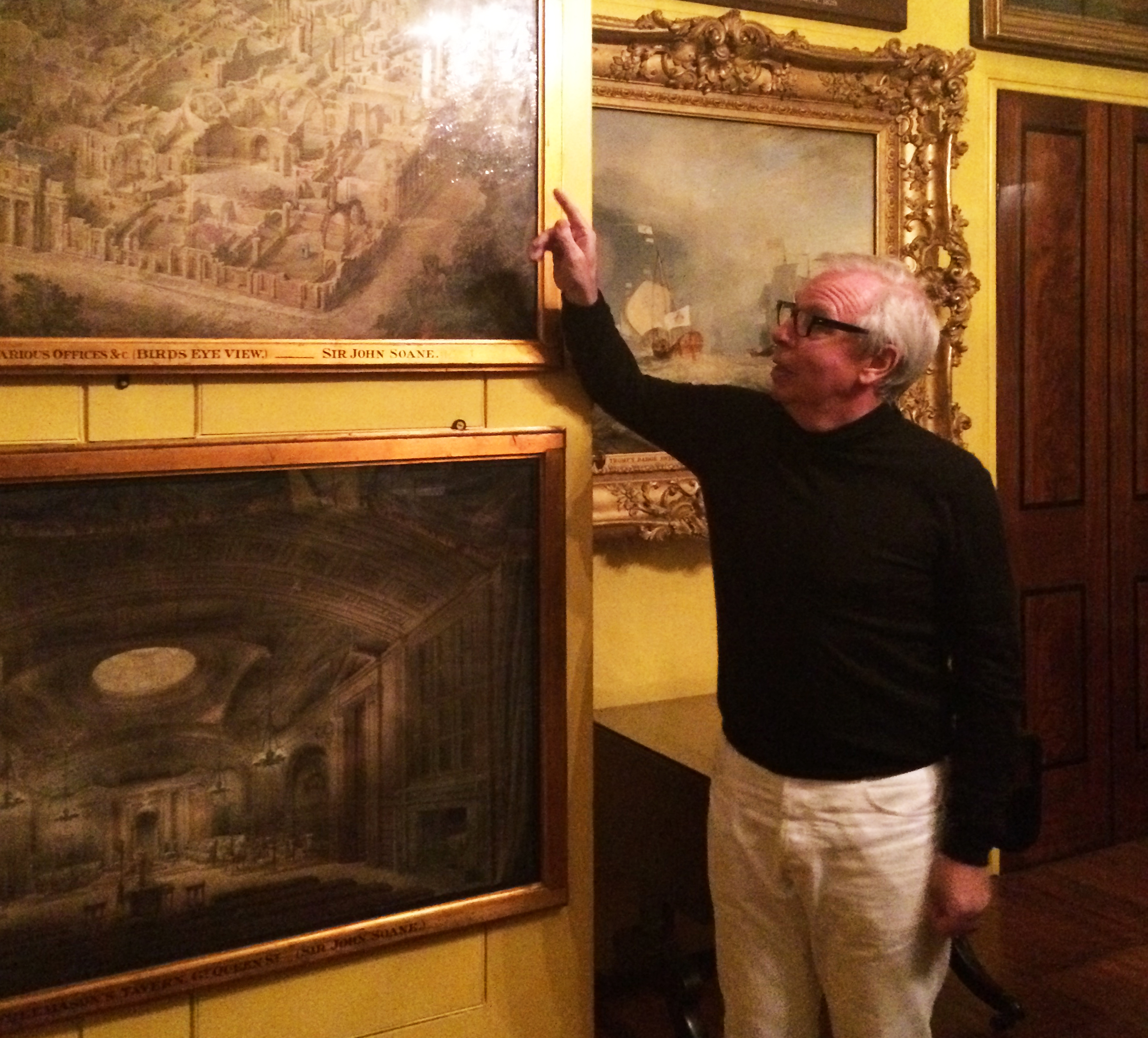Why has architecture long been described as frozen Music? What is the cultural lineage that both Architecture and Music share? And what common concepts can reveal the similarities and differences between the two arts!
This CrossOver explores rhythm, proportion and harmony, and draws on how Architecture and Music are intimately joined by a cosmic connection; that is the idea of being both generated by an underlying code, an order revealed by mathematics and geometry. “Renaissance architects saw the cosmic connections in simple ratios such as 1:! (a sound repeating itself, or the architecture of a square room), and 2:1 (the octave, a string doubled or halved in length)“ (Jencks, 2013).
In Music, the steady beat of sound/silence or A/B, also known as staccato reflects a solid/void relationship in architecture.
It also reflects the complete contrast between sunlight and blackness as in Eisenman's Memorial in Berlin.
Differently, strong horizontal contrasts in architecture resulting from the use of different materials as is the case in Herzog & de Meuron’s CaixaForum, Madrid, can also divide the collage into three basic voices or five melodies.
But why is Architecture frozen music? What does this quote tell us about the relationship between the two arts and time?
It is said that while one can grasp a space in at one glance, music is necessarily experienced in parts over time. In our discussion, we arrived at a conclusion that Architecture can similarly only be grasped over time since experiencing how sunlight, shades and shadows affect space is vital to understanding its spirit.













































